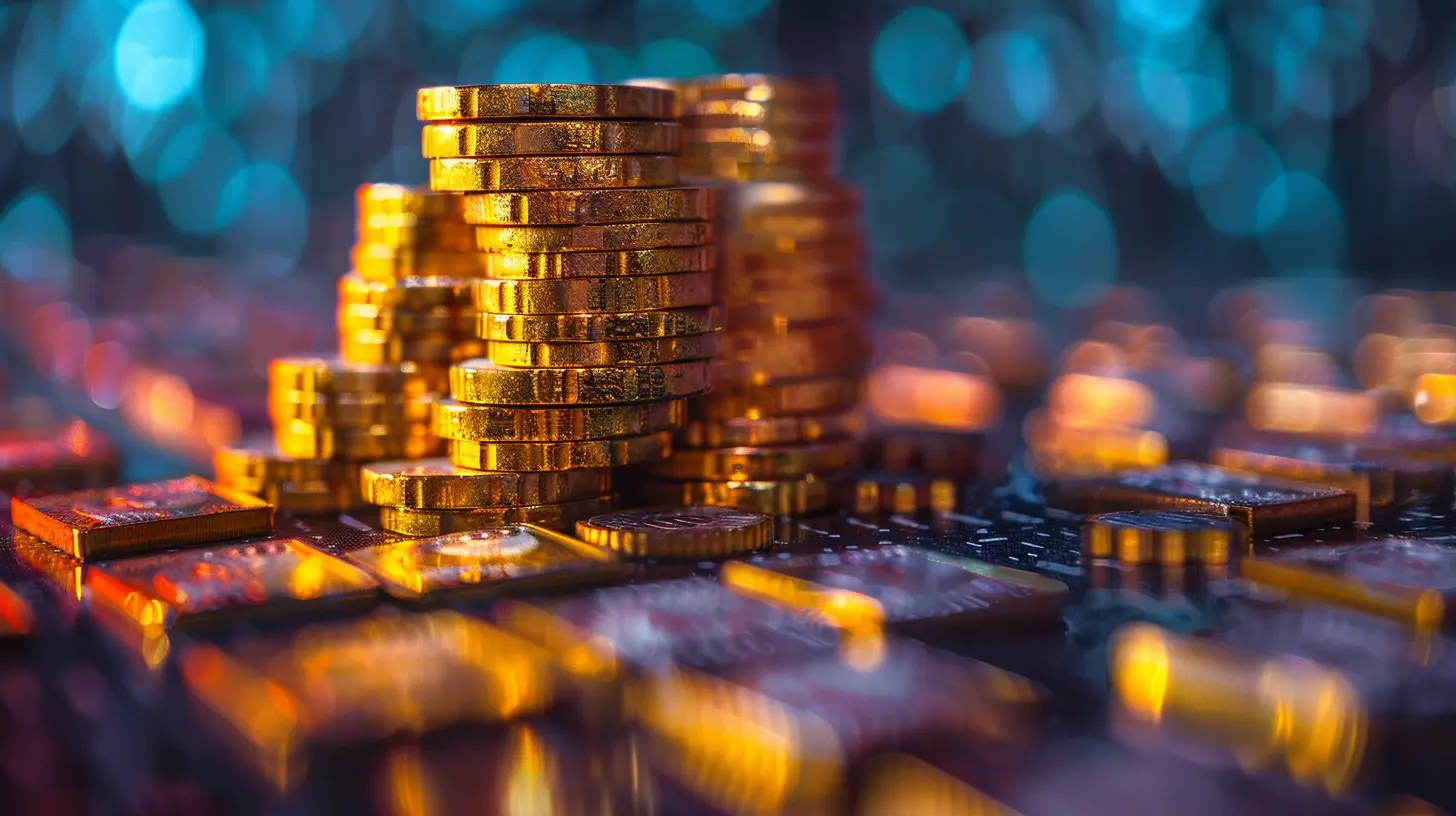How to Incorporate Commodity ETFs into Your Portfolio
9 August 2025
Investing in commodities might seem like something only Wall Street pros do. But guess what? With Commodity ETFs, it's easier than ever to add this asset class to your portfolio without needing a warehouse full of gold bars or barrels of oil.
If you're looking to diversify your investments and hedge against inflation, commodity ETFs could be a smart move. Let’s break it down in a simple, no-nonsense way so you can see if they're right for you. 
What Are Commodity ETFs?
Before jumping in, let’s get one thing straight—what exactly is a Commodity ETF?A Commodity ETF (Exchange-Traded Fund) is a type of investment fund that tracks the price of a specific commodity (like gold, silver, oil, or wheat) or a basket of commodities. Unlike directly buying commodities, these ETFs allow you to invest without dealing with storage, delivery, or logistical hassles.
Think of it like buying a Spotify subscription instead of purchasing physical CDs—you're getting access to the music (or in this case, commodities) without the inconvenience of owning them directly. 
Why Should You Add Commodity ETFs to Your Portfolio?
Investing is all about balance. You don’t want all your eggs in one basket, right? Here’s why Commodity ETFs can be a game-changer:1. Diversification
Stocks and bonds are great, but when markets take a nosedive, commodities often behave differently. Adding Commodity ETFs can help smooth out the bumps in your portfolio.2. Inflation Hedge
When inflation rises, the cost of goods goes up—including commodities. This means commodity investments can help preserve your purchasing power when the value of cash erodes.3. Accessibility & Liquidity
Unlike buying physical commodities, which requires storage and security, ETFs let you invest with a click of a button. Plus, they trade on stock exchanges just like regular stocks.4. Potential for Growth
Commodity prices fluctuate based on supply and demand. If you time your investments well, there’s potential for solid gains—just like any other asset class.
Types of Commodity ETFs
Not all Commodity ETFs are created equal. Depending on your investment strategy, you might want to consider different types. Let’s break them down:1. Physical Commodity ETFs
These ETFs actually hold the raw material—like gold, silver, or platinum—stored in vaults. When you invest in them, you own a piece of that stockpile.- Example: SPDR Gold Shares (GLD)
2. Futures-Based Commodity ETFs
Instead of holding physical commodities, these ETFs invest in futures contracts. They’re a bit more complex because futures involve speculation on price movements.- Example: United States Oil Fund (USO)
3. Equity-Based Commodity ETFs
Rather than investing directly in commodities, these ETFs buy stocks of companies that deal with commodities—such as mining or oil companies.- Example: VanEck Gold Miners ETF (GDX)
4. Broad Commodity ETFs
For those who prefer a diversified approach, broad commodity ETFs invest in multiple commodities at once—spreading the risk across various sectors.- Example: Invesco DB Commodity Index Tracking Fund (DBC) 
How to Incorporate Commodity ETFs into Your Portfolio
Alright, so now that you know what they are and why they matter, let’s talk strategy. How do you fit them into your investment mix?1. Determine Your Allocation
Just like any investment, you don’t want to go all-in on one asset class. Allocate a reasonable percentage—typically 5-10% of your portfolio—to commodities based on your risk tolerance and investment goals.2. Choose the Right Type of Commodity ETF
Picking the right ETF depends on what you want to achieve:- Want direct exposure to commodities? Go for Physical Commodity ETFs
- Looking for short-term plays? Consider Futures-Based ETFs
- Prefer investments with companies? Equity-Based ETFs might work
- Want broad diversification? Stick with Broad Commodity ETFs
3. Keep an Eye on Costs
Commodity ETFs come with fees—some more than others. Higher expense ratios and the costs of rolling over futures contracts can eat into your returns. Always read the fine print!4. Understand Market Cycles
Commodities can be volatile. Prices surge and plunge due to factors like weather, geopolitical tensions, and supply/demand shifts. Timing your entry and exit points wisely can make a huge difference.5. Rebalance Periodically
As commodity prices fluctuate, so will the value of your ETF holdings. Check in on your portfolio regularly and rebalance it to ensure your allocations remain in line with your strategy.Potential Risks to Consider
Like any investment, Commodity ETFs aren’t without risks. Here are a few things to watch out for:- Volatility: Commodities can be highly unpredictable. A bad harvest, a supply chain disruption, or geopolitical unrest can send prices soaring—or tanking.
- Futures Market Complexity: If you’re investing in futures-based ETFs, understanding “contango” (where futures prices are higher than spot prices) and “backwardation” (where futures prices are lower than spot prices) is crucial.
- Regulatory & Tax Implications: Some Commodity ETFs have unique tax treatments, depending on how they’re structured. Always check how they’ll impact your filings.
Final Thoughts
Adding Commodity ETFs to your portfolio can be a great way to diversify, hedge against inflation, and potentially see solid gains. But as with any investment, doing your due diligence is key.If you’re looking for a simple, accessible way to tap into the commodities market, ETFs are a fantastic option. Just make sure you pick the right type, watch market trends, and stay on top of your allocations. Who knows? This could be the missing piece in building a well-rounded, resilient portfolio!
all images in this post were generated using AI tools
Category:
Etf InvestingAuthor:

Angelica Montgomery
Discussion
rate this article
1 comments
Alexander McClellan
Ready to spice up your portfolio? Adding commodity ETFs is like seasoning a bland dish—just the right amount can make all the difference! Dive in and discover how to add a little flavor to your investments!
August 31, 2025 at 3:00 AM

Angelica Montgomery
Great analogy! Adding commodity ETFs can truly enhance diversification and potential returns. Let’s explore how to effectively integrate them into your portfolio!


